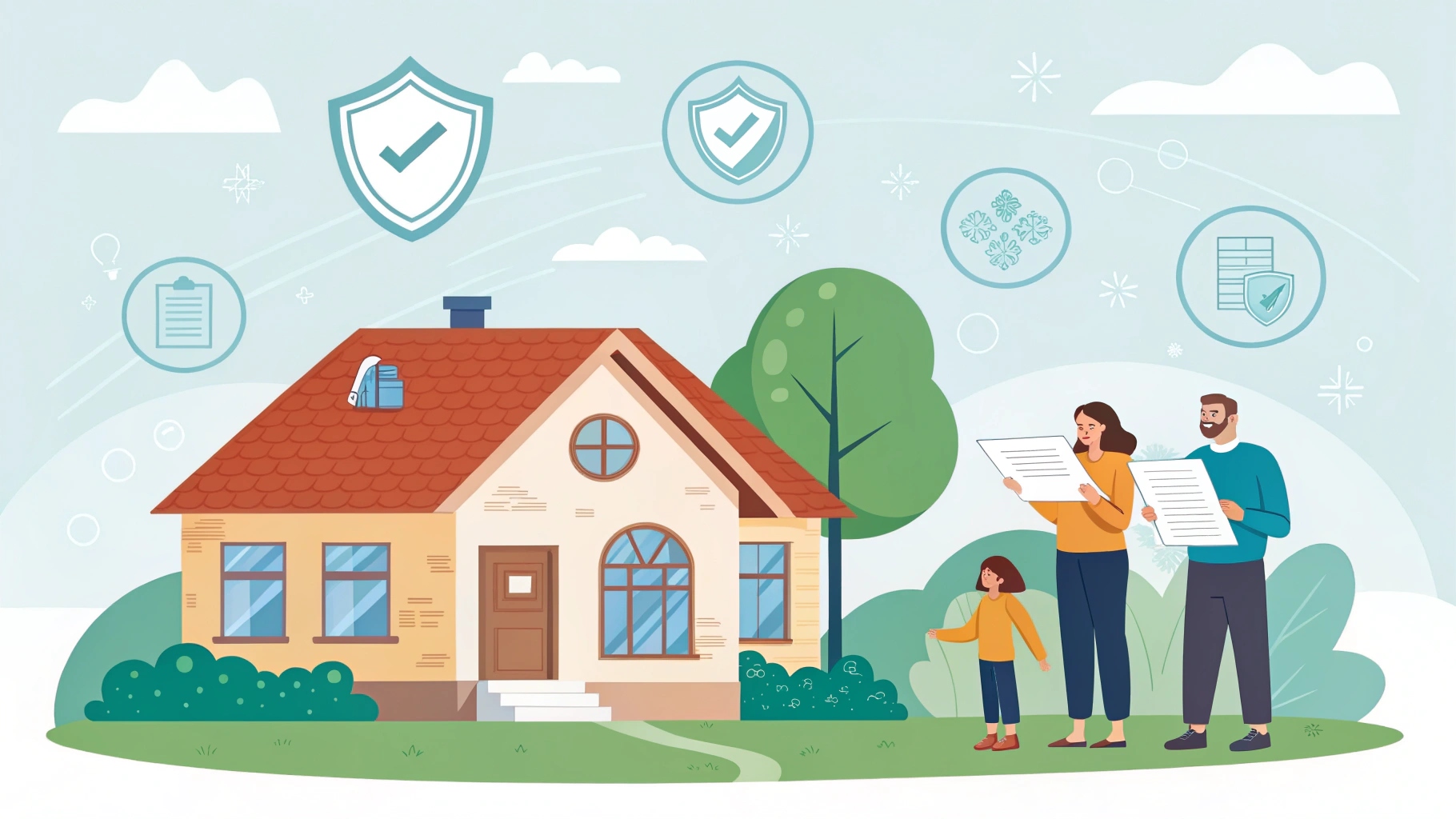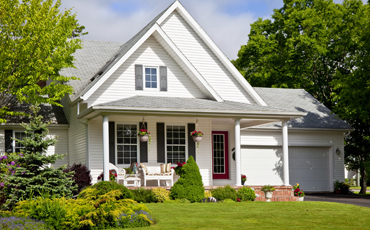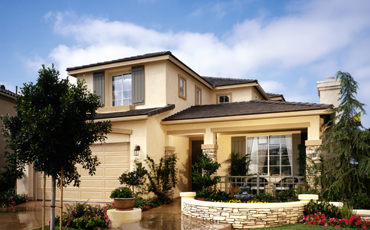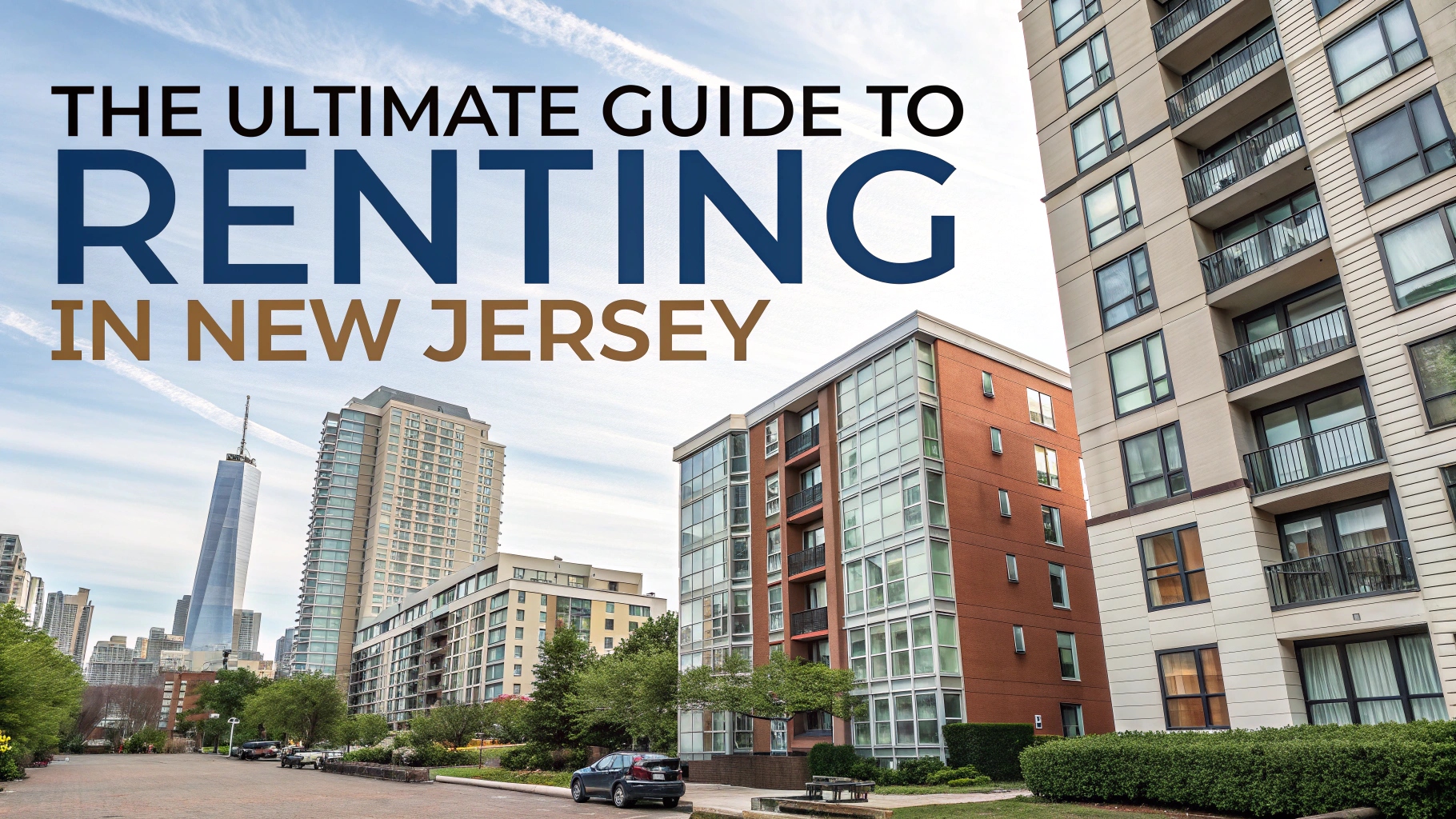-
By Admin
115 Commnets | 253 Likes | 971 ViewersProperty insurance is one of the most crucial investments a homeowner can make to protect their property and assets. It offers financial security in the event of unexpected damage or loss due to accidents, natural disasters, theft, or vandalism. Property insurance typically covers the structure of the home, personal belongings, and liability for injuries that may occur on the property. For homeowners, understanding the different types of coverage and knowing what is included in their policy can ensure they are adequately protected when disaster strikes. Without property insurance, homeowners risk significant financial loss if something goes wrong.
One of the most basic forms of property insurance is homeowners insurance, which usually includes coverage for the structure, personal property, and liability. The structure coverage protects the home itself, including walls, roof, floors, and built-in appliances, in case of events like fire, storms, or vandalism. Personal property coverage protects belongings such as furniture, electronics, clothing, and more, in the event of a covered loss. Liability coverage is also a critical component, covering medical costs and legal fees if someone is injured on your property. Understanding the different components of homeowners insurance will help you choose the right policy for your needs.
Another type of property insurance to consider is flood insurance, which is separate from standard homeowners insurance and is crucial for those living in flood-prone areas. Most standard policies do not cover damage caused by floods, so having flood insurance can be a lifesaver if your property is at risk. Flood insurance is typically offered through the National Flood Insurance Program (NFIP), and the coverage extends to damage caused by rising waters, such as from hurricanes or heavy rains. If you live in a flood zone, your mortgage lender may require you to purchase flood insurance to protect the home’s value.
In addition to structural and flood coverage, homeowners should also understand personal liability insurance. This component of property insurance provides protection if someone is injured on your property or if you or a family member accidentally cause damage to someone else’s property. For example, if a guest slips on an icy driveway or your child accidentally breaks a neighbor's window, personal liability insurance can help cover medical bills, legal expenses, and repair costs. Personal liability coverage offers peace of mind and protects homeowners from potential lawsuits or claims that could arise from accidents on their property.
Finally, homeowners should be aware of deductibles and policy limits when purchasing property insurance. The deductible is the amount you will need to pay out-of-pocket before the insurance company begins covering the cost of a claim. Policies with higher deductibles typically have lower premiums, but it's important to choose a deductible you can comfortably afford. Additionally, understanding policy limits ensures you have adequate coverage to rebuild your home or replace your belongings if necessary. Homeowners should regularly review and update their insurance policies to ensure they reflect any changes in the value of the property, renovations, or newly purchased belongings. Properly understanding and maintaining property insurance can help protect your home and finances from unexpected events.
some words from our customer
© 2025 Rent My Dream Home. All rights reserved











leave a comment